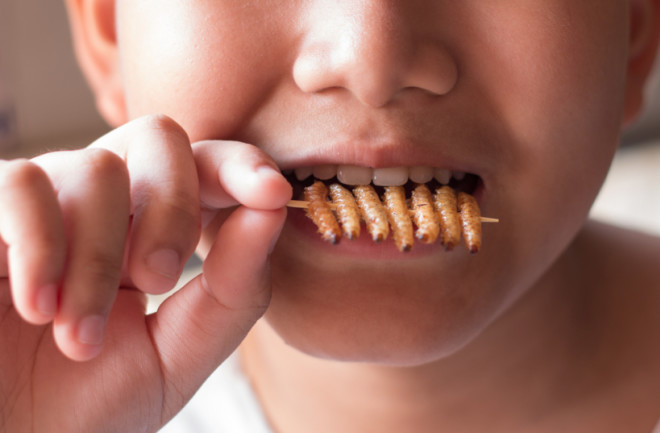Anticipating food shortages in coming decades, some companies are touting insects as tomorrow’s protein source. Entrepreneurs are jumping on board and chips made of crickets are hitting grocery shelves. But scientists advise caution, saying more research is needed on the environmental impact of rearing insects at an industrial scale.
As sustainability experts assess whether insects should be the food of the future, anthropologists are trying to answer the same question about the past: Were insects a part of our ancestors’ diet?
The question is challenging because, unlike butchered animal bones, arthropod meals leave next to nil for archaeologists to recover. But scholars recently have compiled other lines of evidence — from the ant-eating habits of chimpanzees to elemental signatures in hominin bones — and built a compelling case. Insects such as termites likely provided ancient hominins with protein long before our ancestors became proficient hunters.

